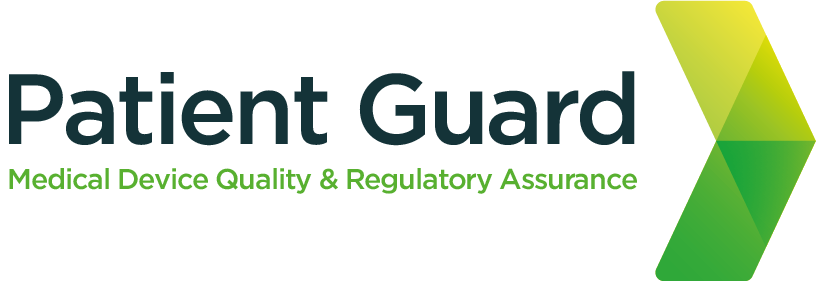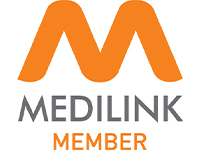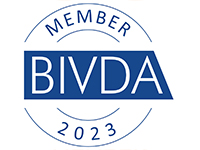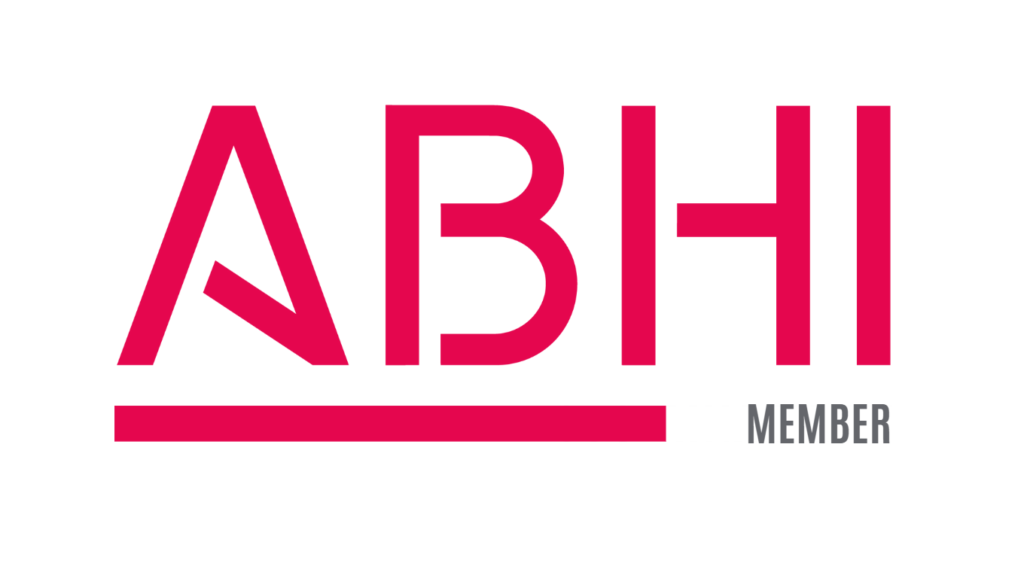The importance of Medical Device Determination
In the fast-paced world of health and wellness product development, understanding regulatory requirements is vital. A key question that is often asked is, “Is my product a medical device?.” An important distinction as this classification has significant implications for market access, safety standards, and compliance. This blog reviews the criteria that define a medical device and highlights the importance of regulatory compliance.
Defining a Medical Device
Regulatory bodies like the U.S. Food and Drug Administration (FDA) and the European Medicines Agency (EMA) define a medical device as any tool intended for diagnosing, curing, mitigating, treating, or preventing disease that does not rely on chemical action within the body. This broad definition includes instruments, software, implants, and more.
Key Criteria for Determination
Intended Use and Function:
The primary factor is the product’s intended use. If designed to diagnose, treat, or prevent a medical condition, it’s likely that it qualifies as a medical device. Examples include glucose monitors, pacemakers, and tongue depressors.
Mode of Action:
Products achieving their purpose through physical or mechanical means are often classified as medical devices. This includes surgical instruments and diagnostic equipment.
Risk and Impact on Patient Safety:
Products posing a risk to user safety are subject to medical device regulations. Higher-risk devices require rigorous testing and oversight.
Accessory or Component of a Medical Device:
Items intended for use with medical devices, like software analysing medical data or components of medical instruments, are classified as medical accessories.
The Consequences of Misclassification
Misclassifying a product can lead to legal issues, market access problems, and reputational damage.
Overclassification can impose unnecessary regulatory burdens, delaying market entry and increasing costs.
Navigating the Regulatory Landscape
Proactively engaging with regulatory bodies and carrying out thorough assessments of a product’s use, function, and safety impact is crucial. This helps determine the correct regulatory pathway, so you can ensure compliance.
Conclusion
To bring health and wellness products to market, you need a clear understanding of the regulatory landscape.
Determining whether your product is a medical device involves careful consideration of its intended use, mode of action, and safety impact. By staying abreast of regulations and seeking expert advice, developers can ensure compliance and contribute to safe, effective medical products.
How Patient Guard Can Help
Patient Guard specialises in advising developers and manufacturers on qualifying and classifying their medical devices. Contact us for more details.




